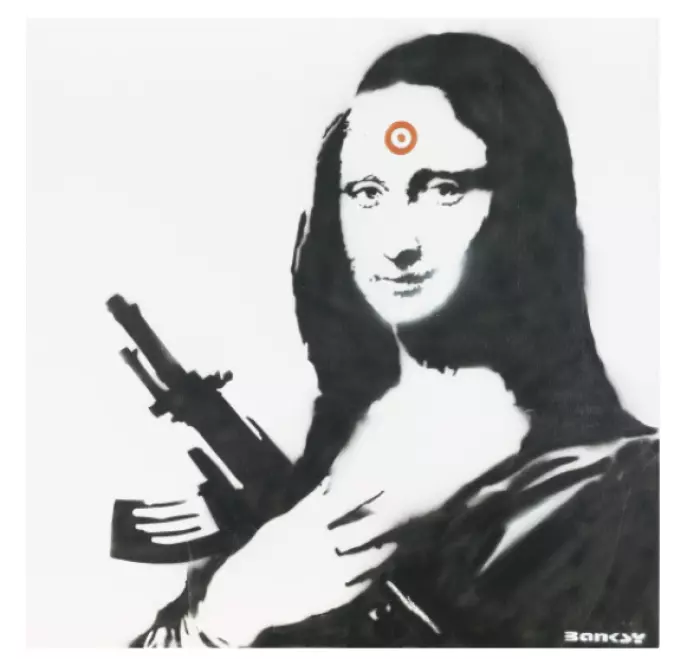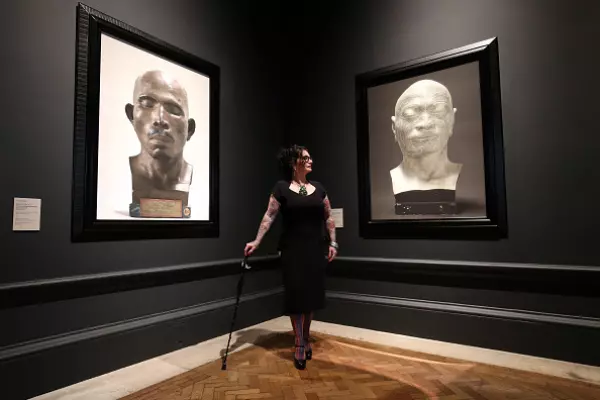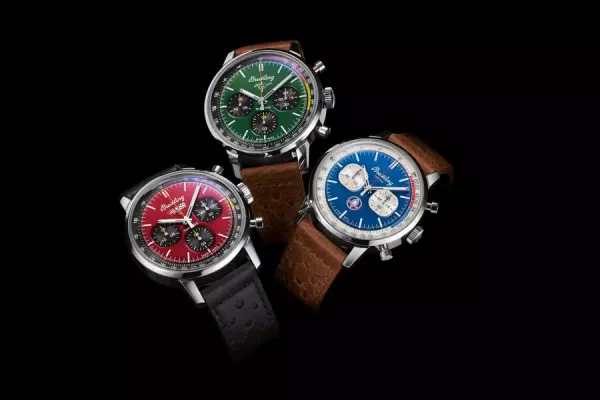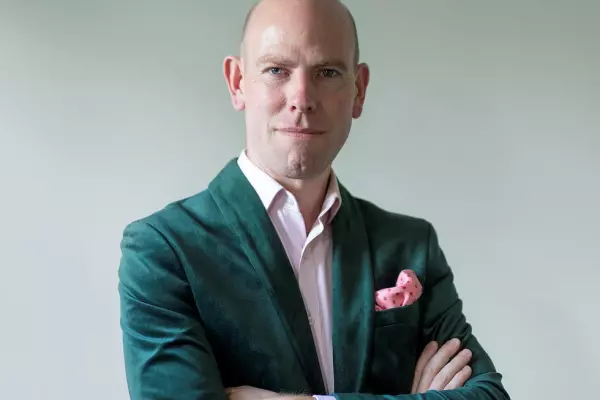A fairly new art business in the US has taken an innovative approach to the traditional idea of an art investment fund by combining the current heat of the contemporary art market with blockchain technology, the system that underpins the NFT (non-fungible token) art-buying trend.
Masterworks, which launched in 2017, allows clients to buy shares in an artwork that is itself registered with the US Securities and Exchange Commission. This is held for between three and seven years in a secure gallery location in New York and after three years, a buyer is sought, with the intention to sell it for a profit. If the owner of a parcel of shares wants to sell their holding or buy more shares in another artwork, they can do this through a secondary market trading platform that operates on the Masterworks website and is hosted on the blockchain.
The artists included in the fund read like a roll call of the hottest names in the art market currently, with an emphasis on growth potential. Banksy, Andy Warhol, Jean-Michel Basquiat and Yayoi Kusama are all there, as well as other contemporary American painters such as Jonas Wood, represented by the Gagosian Gallery, and Sam Gilliam, who shows at Pace Gallery. Both are significant, career-defining galleries, and being represented by them marks an artist as one of the best around.
This art-investment shareholding model differs from previous schemes that required the investor to deposit money into a fund, which then bought a collection of artworks and gave the investor a return only when the assets were sold. Often the investor would have no say in the works purchased; they relied on the expertise of fund advisers. Although the assets in the Masterworks pool are also bought by an acquisitions team, the client can choose which artworks they want to invest in by studying the extensive amount of market data and analysis available to them.
Art investment funds have traditionally had very limited success. In 1986, Wellington auctioneer and art-world identity Dunbar Sloane Sr sought to capitalise on the booming 1980s art market by setting up the “Dunbar Sloane and European Art” fund, which sought to put together a collection of international significance. However, pressure from shareholders who wanted dividends and instant returns on big-ticket sales, combined with the downturn in the market, meant the company was delisted and sold to Ron Brierley’s Guinness Peat Group.
In Australia, auctioneer Rod Menzies, owner of two Sydney-based auction houses, Menzies and Lawson Menzies, has taken a different approach to the idea of an investment fund. He has had a long history of syndicating major artworks (by both Australian and international artists) and selling them through his auction houses, often turning the works over regularly and almost always at a profit. For example, a check through the auction sales records shows John Brack’s Backs and Fronts – offered five times between 2004 and 2013 – going up from A$392,290 to A$1.5 million over that period. In the art world, fresh stock is everything, especially at the top end of the market, and too much exposure can be the death knell for a work, so to have expensive paintings being offered and successfully sold each time is highly unusual.
Back at Masterworks, its 21st century approach to art investment comes with a warning. The business is untested and its own website advises clients not to invest if they can’t afford to lose their entire investment. With the minimum buy-in price set at US$1000 and one share costing US$20, hopefully this won’t be a problem for most.
This type of investment has a novelty factor and would appeal to those who would like to be able to say they own a Banksy or a Warhol (even if it is just a couple of brushstrokes worth). The fund has sold only one work so far, Banksy’s Mona Lisa, which was offered to investors in 2019 for US$1,039,000 and sold a year later for US$1.5m. With a 20% share of the profit retained by Masterworks and 1.5% client service fee (which covers insurance, storage etc) paid in equity, it’s a good return for a year’s investment if owned by one person, but it would be interesting to know how many clients the return was shared between.
While I can’t see anything like this operating successfully in New Zealand, because our market is too small, it’s very interesting to follow along and observe the Masterworks model in action. Like the NFT market, the affordable entry point makes it a great way to encourage new collectors with an interest in art to dabble in investing and hopefully later expand their purchasing to own works they can hang on their wall and enjoy.
Briar Williams is a fine art valuer at Art Valuations NZ












